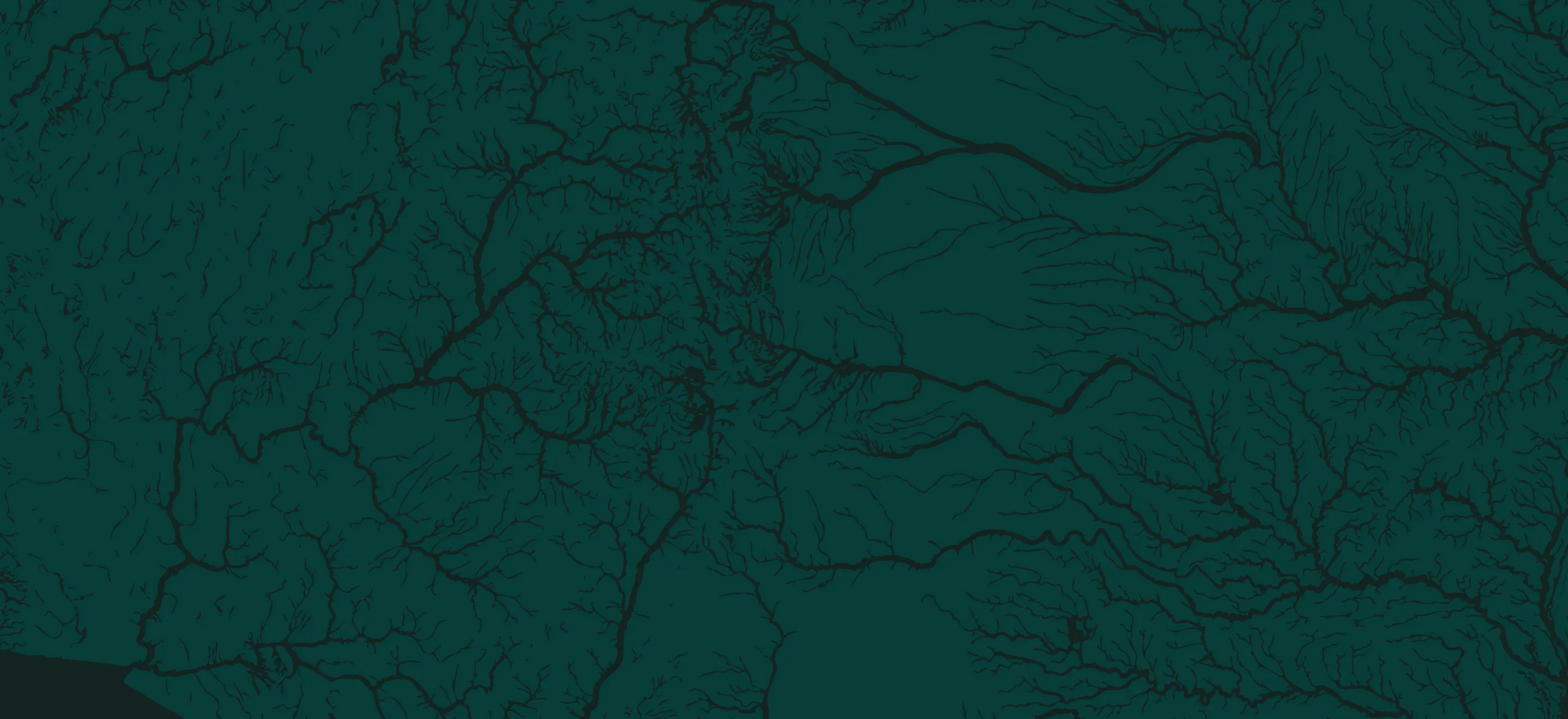From smallmouth bass rivers and lakes to trout streams, learning to properly cast is a vital skill to catch more fish. One of the joys of fly fishing is the rhythmic and sometimes physically therapeutic nature of the fly cast. The calculated nature of timing the fly casting stroke requires the perfect blend of patience and power. The basic fly casting stroke also requires an open area in which to make a proper backcast.
So...what do you do when you can't make a proper backcast? You can always try a roll cast. But, sometimes you need to dig even deeper into your bag of tricks. If you haven't learned the Water Haul cast, now is a good time. Also known as a Tension Cast, the water haul is a vital skill to have and will most certainly help you catch more fish on waters near you.
Here's how to learn the water haul/tension cast: Similar to a roll cast, this cast can be used if an obstruction is behind you. It’s also an ideal cast when using weighted nymph rigs with a strike indicator, or when fishing sink-tip or sinking lines and large streamers from a boat.
When wading, begin by allowing the current to carry the fly line downstream of your standing position. Once the line has straightened out below you, use the tension of the current on the fly line to help you reposition the line upstream of you. Raise your rod hand to about head height and turn your palm upward to the sky. Then accelerate the rod forward and stop it as if in a normal forward casting motion.
When you’re in a boat, the cast is performed in two parts—first, a “reverse” tension cast by starting with the fly line downstream and in front of you, then accelerating into a back casting motion, allowing the fly line and flies to land on the water behind you. Then, with a very short pause, go into a forward cast while the tension of the current behind you on the fly line and flies helps you reposition the forward cast.
Be sure to read onWater fishing blog posts to plan better and fish smarter and get more out of your fishing.
How to Find Rivers Near You for Fishing
Five Keys to Planning Your Next Do It Yourself Fishing Trip and How to Make it Your Best One Yet
Three Reasons to Love Your Local Fly Shop









